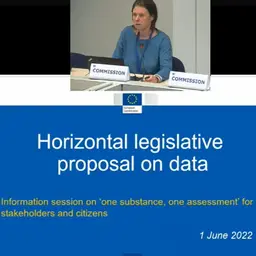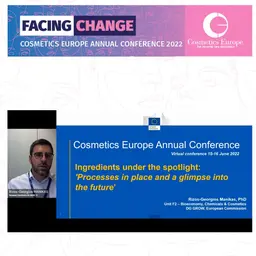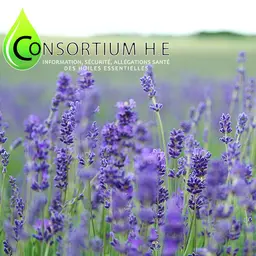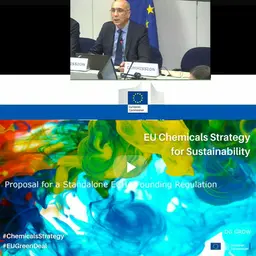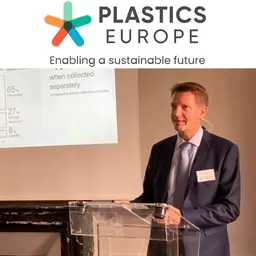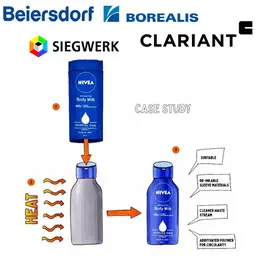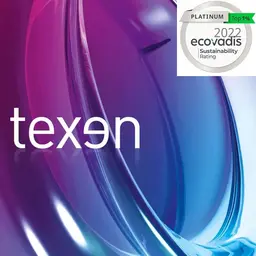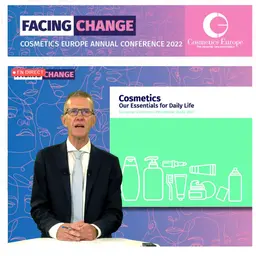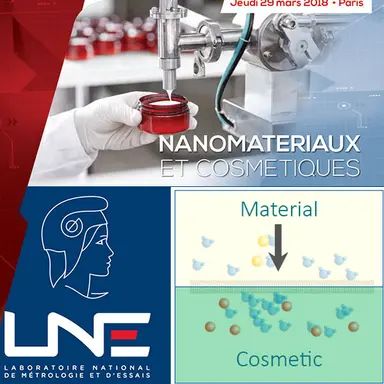
Nanoparticles are everywhere, including in cosmetics packaging, so they can unintentionally end up in products through migrations. How to assess the likeliness and importance of these migrations in order to meet regulatory requirements and ensure product safety or the veracity of claims highlighting the absence of nanos? Here are a few solutions provided on the day dedicated to nanomaterials and cosmetics organized by LNE on March 29.
Morgane Presle and Patrick Sauvegrain are two material specialists. At LNE, they work on the migrations of the components found in packaging to the products it contains, in particular food and cosmetics. On this day of conferences, they made an update on this issue as regards nanoparticles and presented the measuring method developed by LNE.
They reiterated the fact that ‘whether it be cosmetics, food, drugs, or medical devices, in terms of molecule or substance transfer from packaging to its content (and vice versa), we observe the same type of phenomena, which are concerns shared by all these sectors. And these container/content interactions are assessed the same way in the different application areas, including when nanomaterials are at stake.’
Nanomaterials in packaging
Nanomaterials are used in packaging for four main types of application:
• To create a barrier effect against the air, UV rays, or pathogens and increase products shelf-life: clays, titanium dioxide (TiO2)…
• To design active materials containing antimicrobial minerals or oxygen sensors, and involving a desired interaction between the container and the content: Silver (Ag), Zinc oxide (ZnO), TiO2…
• To create smart materials that can detect pathogens and chemicals (toxins) or to monitor temperature and humidity: …

